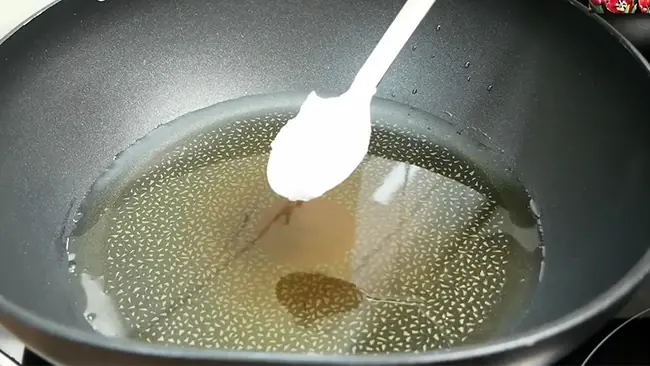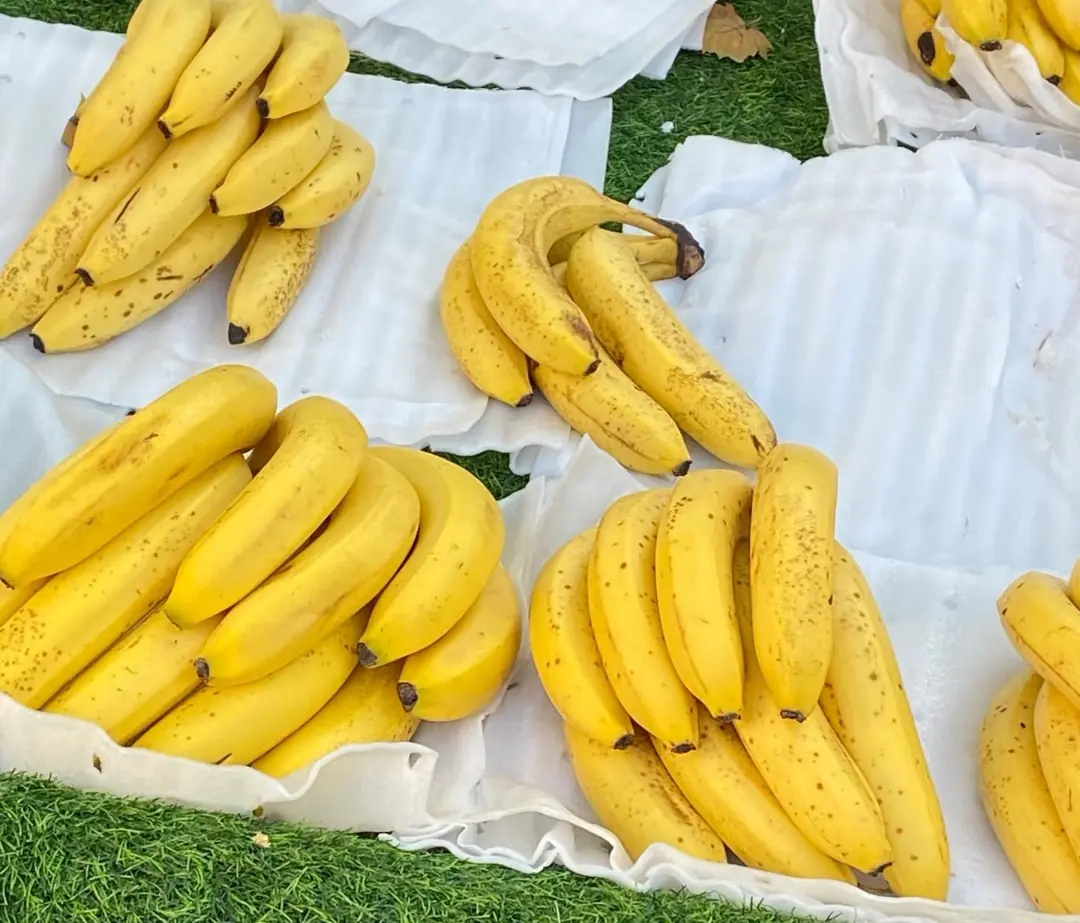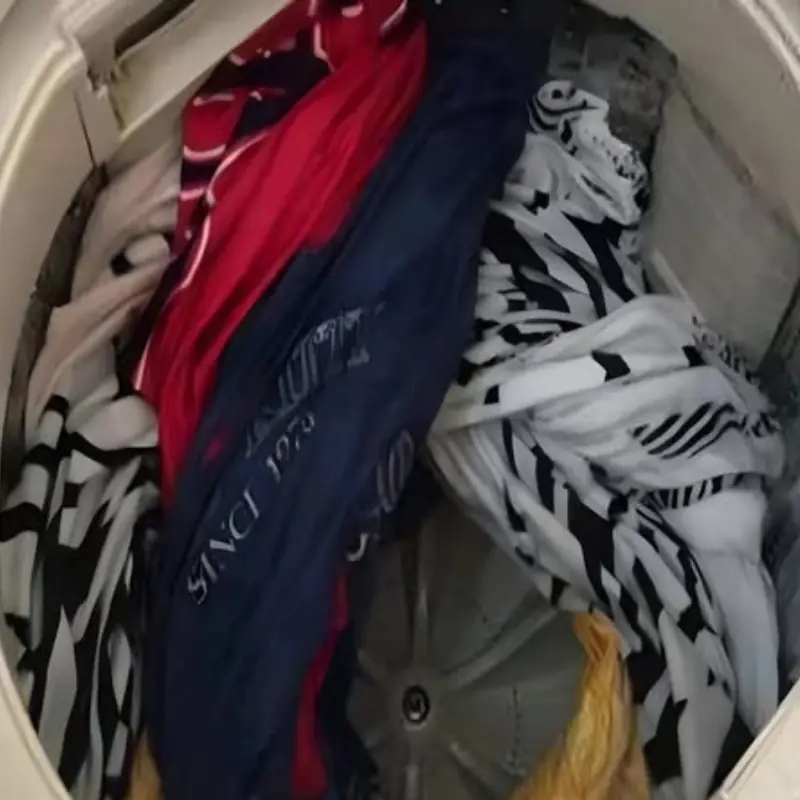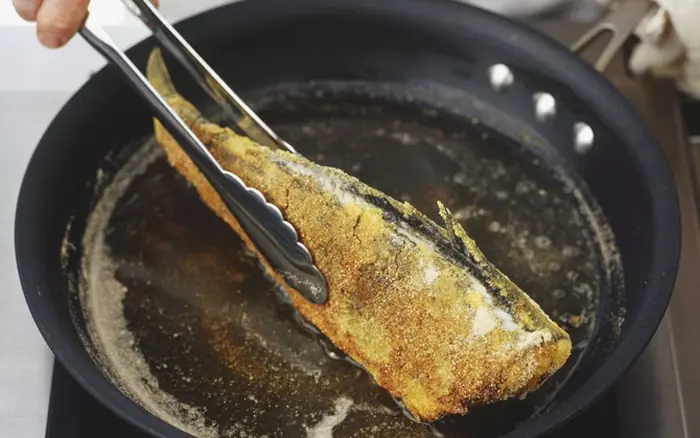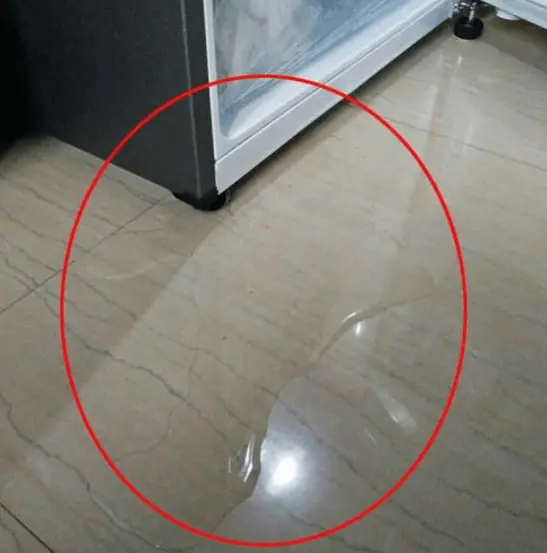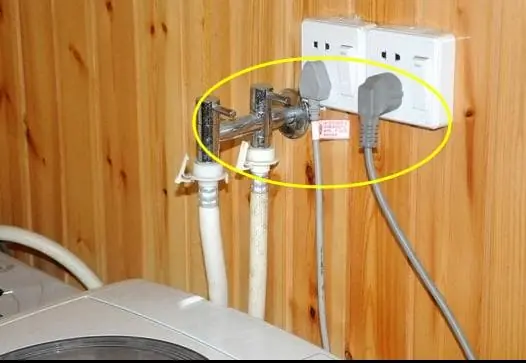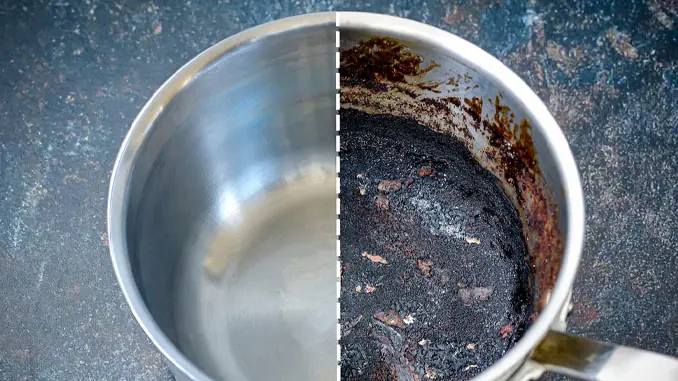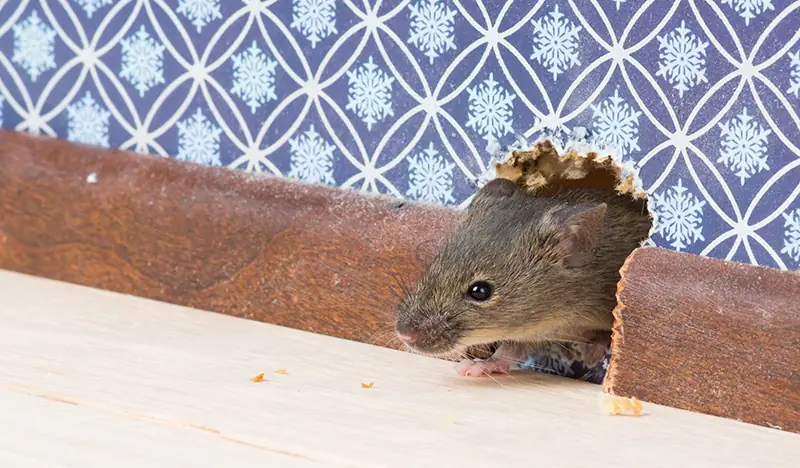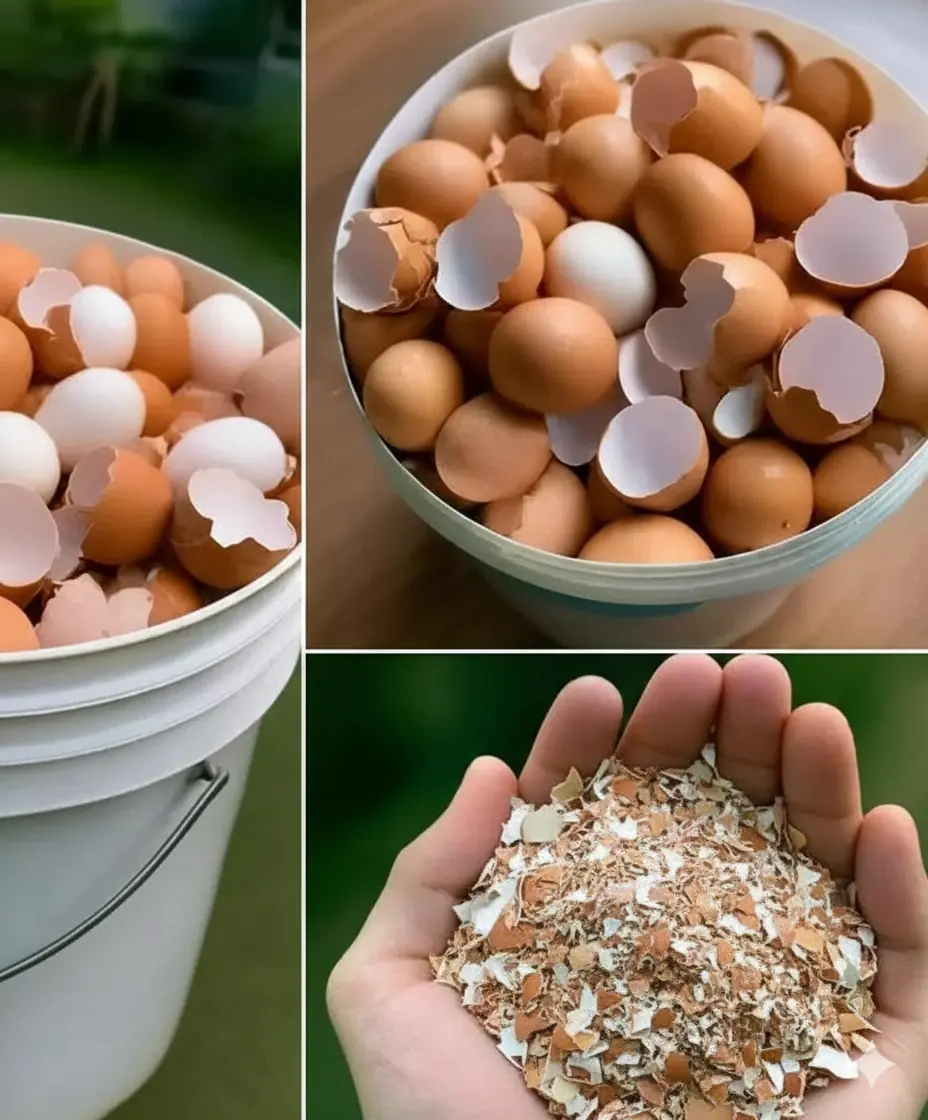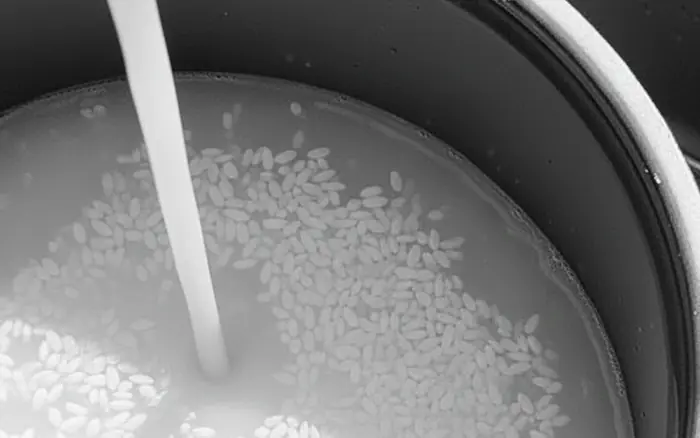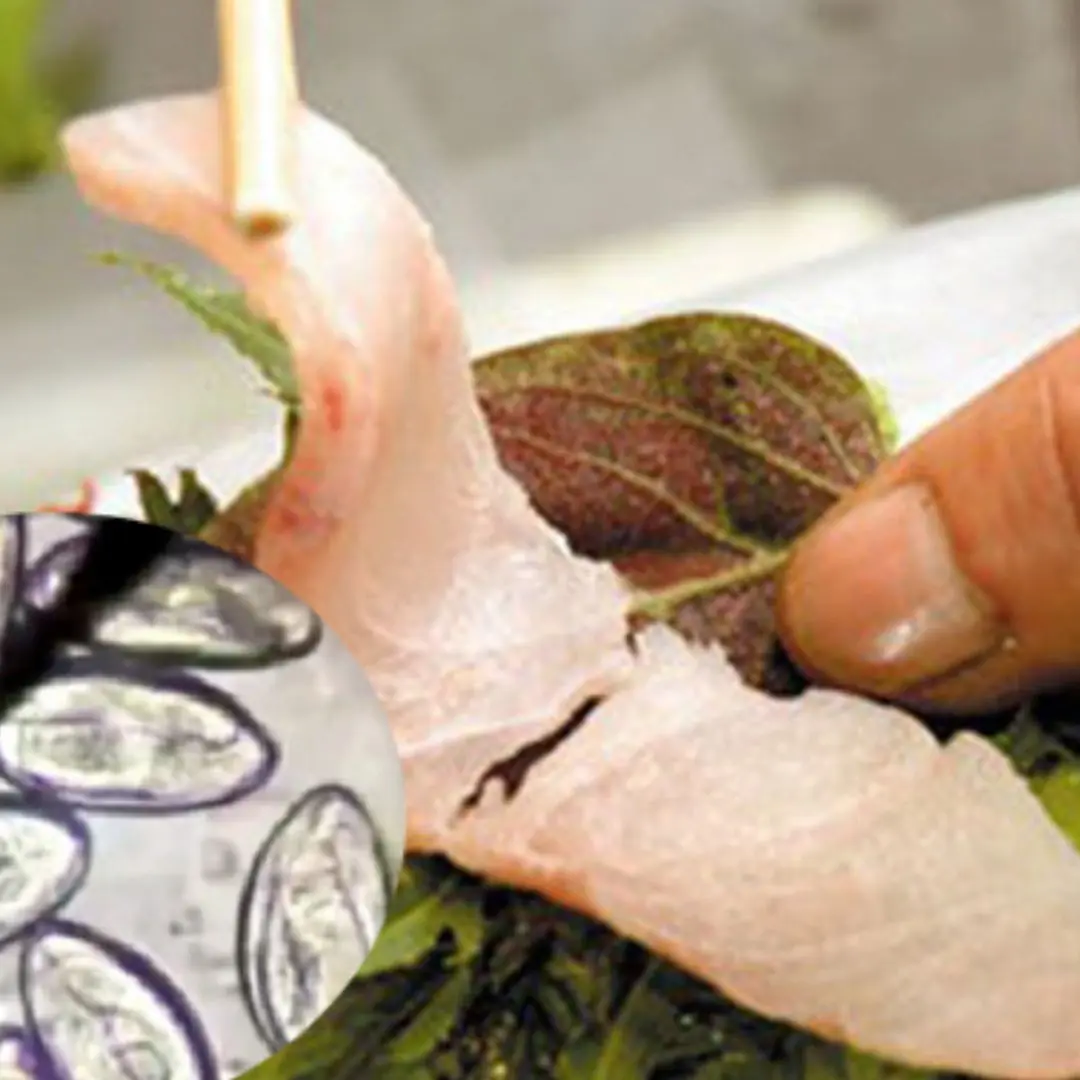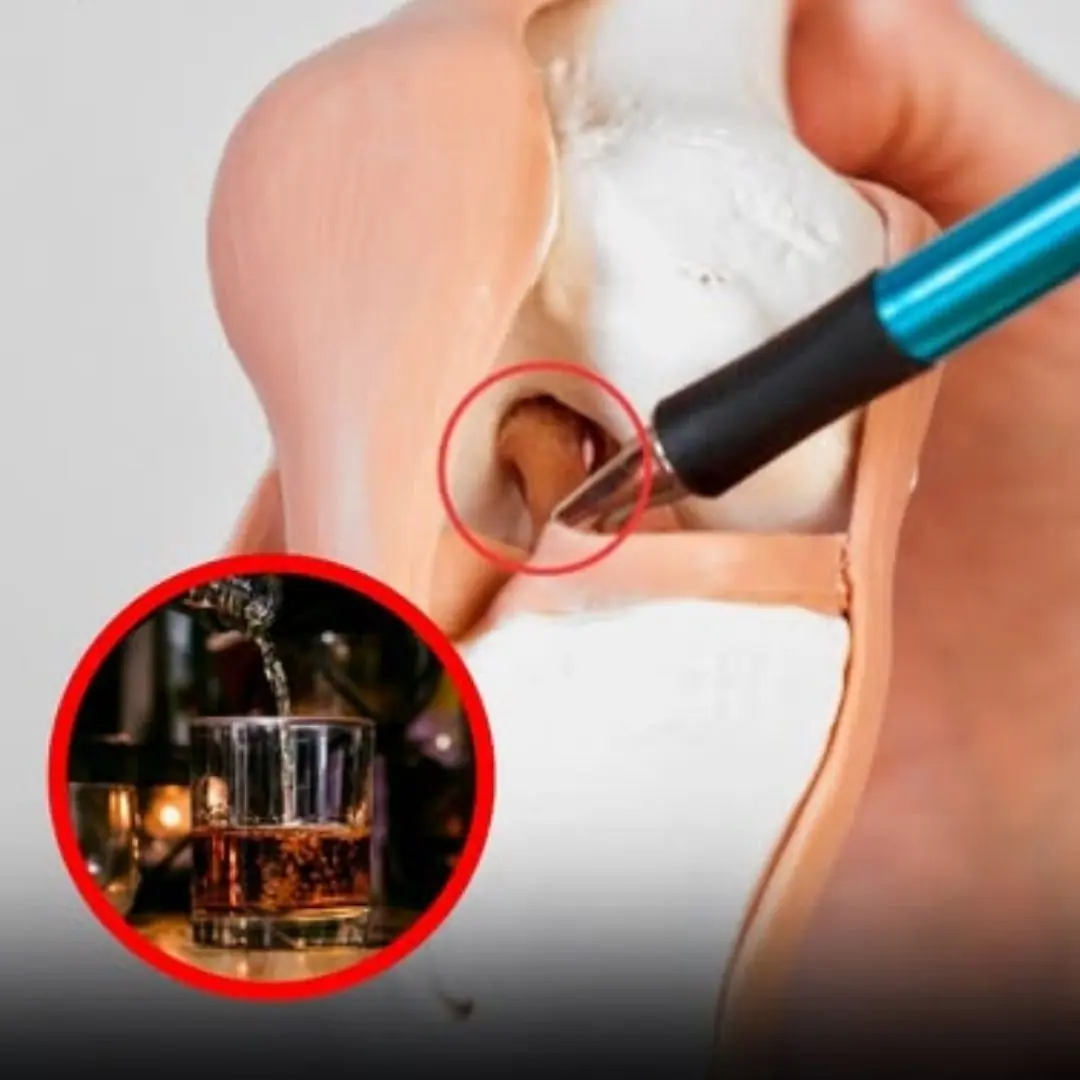1. Red Meat vs. Light Meat: Freshness
Verdict: Fresh red meat is generally preferred as it suggests better quality and freshness.
2. Nutritional Value
-
Red Meat:
- Rich in iron, zinc, and vitamin B12, which are essential for energy production and red blood cell formation.
- Contains more fat compared to lighter meat.
-
Light Meat:
- May have lower fat content, making it a leaner option.
- Typically easier to digest for some individuals.
Verdict: If you’re looking for high nutritional value, opt for fresh red meat. If you’re on a low-fat diet, consider lean cuts or lighter meat.
3. Health Considerations
-
Red Meat:
- Overconsumption of fatty cuts of red meat has been linked to higher cholesterol and heart issues.
- Select lean cuts to reduce fat intake while enjoying the benefits of red meat.
-
Light Meat:
- Often perceived as healthier due to lower fat and calorie content.
- However, it might lack the rich iron and myoglobin content found in red meat.
Verdict: For regular consumption, balance red and lighter meats based on your health goals.
4. Cooking Suitability
-
Red Meat:
- Ideal for hearty dishes like steaks, stews, and grills.
- Rich flavor and tender texture when cooked properly.
-
Light Meat:
- Best for lighter dishes like soups, stir-fries, or slow-cooked meals.
- Requires careful seasoning to enhance flavor.
Verdict: Choose based on the dish you’re preparing—red meat for bold flavors, light meat for delicate recipes.
Tips for Choosing Meat at the Market
-
Check Freshness:
- The meat should feel firm, not sticky or slimy.
- Fresh meat has a clean smell; avoid anything with a sour odor.
-
Look for Marbling:
- Small amounts of intramuscular fat (marbling) enhance flavor and tenderness.
-
Avoid Excessive Liquid:
- Meat with too much liquid or blood may have been frozen and thawed multiple times.
-
Ask the Butcher:
- Inquire about the source and age of the meat for better quality assurance.




